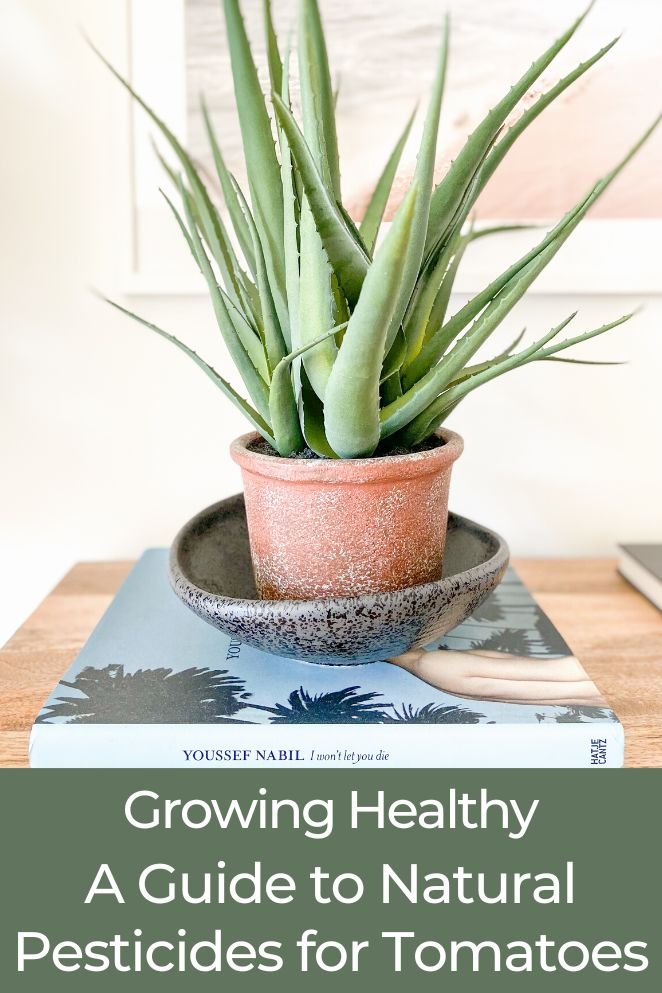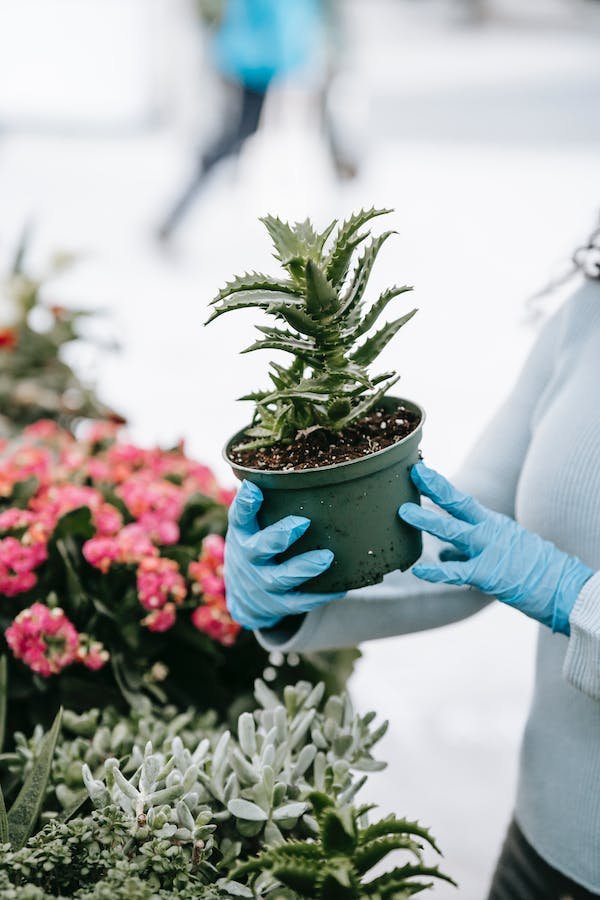
Aloe vera is a beloved choice among plant enthusiasts, known for its lush, moisture-packed leaves and an array of advantages.
However, what might surprise you is the pivotal role that mastering the watering schedule plays in ensuring their health and radiance.
Beyond its popularity, aloe vera’s well-being heavily relies on a carefully managed watering routine.
Getting this right isn’t just a small detail; it’s a crucial factor in unlocking their optimal health and vitality.
Importance of Proper Watering for Aloe Plants
Imagine your aloe plant, flourishing in its glory, its leaves plump with moisture, emitting an aura of robust health.
This isn’t merely achieved through sporadic watering; it’s a deeper understanding of the specific hydration needs these resilient plants possess.
Proper watering isn’t just a chore; it’s the lifeline that sustains your aloe plant’s well-being.
- Read also: Corn Plant Watering
- Read also: Mint Plant Watering
Health through hydration
Aloe plants are akin to water storage units.
Their succulent leaves hold vital moisture, ensuring their survival in dry conditions.
Mastering their watering needs is like offering them a constant source of rejuvenation.
Beyond occasional watering
Unlike some plants, aloe vera isn’t a fan of frequent watering.
Instead, it thrives on a schedule that allows the soil to dry out between watering sessions.
This prevents waterlogged roots and potential rot, ensuring aloe’s vitality.
Understanding specific needs
Each aloe plant is unique.
Factors like the pot size, type of soil, humidity levels, and environmental conditions all contribute to their specific hydration requirements.
Being attuned to these variables is key to their sustained health.
Lifeline, not just a task
Watering your aloe isn’t merely about quenching their thirst; it’s about nurturing their very essence.
It’s about fostering an environment that allows them to flourish, bloom, and exhibit their inherent resilience.
Essential for radiant leaves
Picture-perfect leaves, plump and vibrant, are the direct result of a well-thought-out watering routine.
It’s like giving your aloe plant a steady stream of nourishment, visibly reflected in its appearance.
The impact of neglect
Overwatering or underwatering can be detrimental.
Overwatering leads to root rot, while underwatering causes shriveled leaves and stunted growth.
Understanding these signs is crucial in preserving their health.

Understanding Aloe Plant Watering Needs
Succulent leaves and water storage
Aloe plants are renowned for their succulent leaves, which act as natural reservoirs, storing water within their fleshy tissues.
This unique characteristic makes them adept at surviving drought-like conditions by drawing upon these stored reserves when water is scarce.
Drought-resistant nature
Their ability to store water within their leaves enables aloe plants to endure extended periods without frequent watering.
This trait aligns with their origins in arid climates, where they’ve evolved to thrive in environments with sporadic rainfall.
Environmental impact
Despite their water-storing capabilities, environmental conditions heavily influence their watering needs.
Factors such as ambient humidity levels, temperature fluctuations, and air circulation impact how quickly the soil dries out, affecting the frequency of watering.
Potting medium and water retention
The type of potting soil or medium used significantly influences aloe plants’ hydration requirements.
Soil that retains moisture for longer durations may necessitate less frequent watering, whereas well-draining soil facilitates a more regular watering schedule.
Seasonal considerations
Aloe plants, like many other flora, respond to seasonal changes.
During warmer months or in higher temperatures, they might require more frequent watering due to increased evaporation.
Conversely, in colder seasons or lower temperatures, their water needs might decrease.
Balancing watering frequency
Understanding these multifaceted influences is vital in striking the right balance for watering aloe plants.
It involves observing and adjusting watering schedules according to the prevailing conditions to ensure they receive adequate hydration without being over or under-watered.
Tailoring care to individual plants
Each aloe plant may have its own unique preferences based on its size, growth stage, and environmental placement.
Regular observation and responsiveness to the plant’s cues are essential in fine-tuning their watering regimen.
Factors Affecting Watering Requirements

Environmental conditions
The environment in which your aloe plant resides holds immense sway over its watering needs.
Whether it’s a humid or dry climate dictates how quickly the soil around the plant dries out.
In humid conditions, moisture lingers longer, potentially elongating the time between watering sessions.
Conversely, arid or dry conditions prompt quicker evaporation, demanding more frequent hydration for the aloe.
Seasonal fluctuations
The shift between seasons, particularly from summer to winter, significantly impacts aloe plant care.
During summer’s heat, evaporation rates escalate, necessitating more frequent watering to replenish moisture lost to the air.
However, as winter approaches, reduced temperatures and lower evaporation rates may lessen the plant’s water requirements.
Temperature variations
Temperature fluctuations, both diurnal and seasonal, play a pivotal role in aloe plant hydration.
High temperatures accelerate moisture loss through transpiration, while cooler temperatures slow down this process.
This fluctuation directly influences the plant’s water intake and subsequently its watering needs.
Potting medium and water retention
The type of soil or potting medium used significantly impacts how well water is retained around the aloe plant’s roots.
Soil that has excellent drainage characteristics allows excess water to flow out, preventing waterlogging and potential root rot.
Conversely, soil that retains water for longer periods might necessitate less frequent watering to avoid over-saturation.
Container size and material
The size and material of the container housing the aloe plant also contribute to its watering needs.
Larger pots with greater soil volume retain moisture longer, requiring less frequent watering.
Additionally, containers made from materials like clay or terracotta may allow more airflow, aiding in moisture evaporation compared to plastic or glazed pots.
Sun exposure
The amount of sunlight your aloe plant receives also affects its water requirements.
Aloe plants placed in direct sunlight may experience quicker moisture evaporation, necessitating more frequent watering, while those in shaded areas might retain moisture for longer periods.
Signs of Under or Overwatering in Aloe Plants
Droopy or yellow leaves – Overwatering
When aloe plants receive excessive water, their leaves might appear limp, droopy, or unusually soft.
This happens because the roots are struggling due to waterlogged soil, hindering their ability to uptake oxygen.
Additionally, overwatering can cause the leaves to turn yellow, indicating stress due to too much moisture.
Shriveled or brown leaves – Underwatering
On the flip side, insufficient watering leads to dehydration, resulting in shriveled or brown leaves.
Underwatered aloe plants display these signs as a defense mechanism, signaling the need for water.
The leaves may also appear dry, brittle, or even feel crispy to the touch.
Edema or blisters – Overwatering indicator
Overwatering can cause aloe leaves to develop small blisters or edema-like formations.
These bulges occur when the plant absorbs more water than it can use, leading to the accumulation of water in the leaf tissues.
This can further weaken the plant’s structure and health.
Leaves losing firmness – Underwatering indicator
In cases of underwatering, aloe leaves lose their usual firmness and plumpness.
This happens as the plant utilizes its stored moisture reserves, leading to deflated or softer leaves.
Additionally, the leaves might start curling or twisting as a survival response to conserve water.
Root rot – Consequence of overwatering
One of the severe consequences of overwatering is root rot.
When the roots remain submerged in waterlogged soil for prolonged periods, they start decaying, causing a foul odor and potentially blackened, mushy roots.
This compromises the plant’s ability to absorb nutrients, leading to overall decline.

Slow growth or stunted development – Both scenarios
Both over and underwatering can hinder aloe plant growth.
Overwatering suffocates the roots, leading to limited nutrient uptake and slowed growth.
Conversely, underwatering inhibits photosynthesis and nutrient circulation, also resulting in stunted growth.
Tips for Watering Aloe Plants
- Watering Depth: When watering your aloe plant, ensure that the water reaches a sufficient depth. This encourages the roots to grow deeper into the soil, enhancing the plant’s stability and resilience.
- Seasonal Adjustments: Adapt your watering routine based on seasonal changes. During the hotter months or in peak summer, aloe plants might require more frequent watering due to increased evaporation. In contrast, in cooler months or during winter, reduce watering frequency as the plant’s water needs decrease.
- Morning Watering: Opt for morning watering sessions. This allows the plant to absorb moisture and utilize it throughout the day for growth and metabolic functions.
- Observation and Adjustment: Monitor your aloe plant regularly and adjust watering based on its specific needs. As plants grow or environmental conditions change, their water requirements might fluctuate.
- Avoiding Water Stagnation: Empty excess water from the saucer or tray beneath the plant after watering. Stagnant water can lead to root rot and attract pests.
- Avoiding Cold Water Shock: In colder climates or during winter, avoid using very cold water. Extremely cold water can shock the roots, leading to stress and potential damage.
- Fertilizing Considerations: When watering, occasionally incorporate a diluted, balanced fertilizer to supplement the plant’s nutrient intake.
- Repotting Schedule: Periodically repot your aloe plant to refresh the soil, provide adequate space for growth, and ensure optimal drainage.
Conclusion
Perfecting how you water your aloe plant might not require a rocket scientist’s precision, but it’s pretty close!
It’s all about tuning into what your plant requires, keeping an eye out for signs it gives you, and sticking to some straightforward guidelines.
Once you’ve grasped its needs and learned to read its signals, your aloe will thank you by growing beautifully and thriving in its environment.
- Read also: Inorganic vs Organic Fertilizers
- Read also: A Deep Dive into Organic Fertilizers
FAQs
Water your aloe when the soil is dry about an inch deep, usually every 2-3 weeks.
Yes, but it’s best to let it sit for a day to allow chlorine and fluoride to evaporate.
This might indicate overwatering or too much direct sunlight. Adjust watering and lighting accordingly.
Aloe plants don’t need misting. It’s better to water deeply but infrequently.



